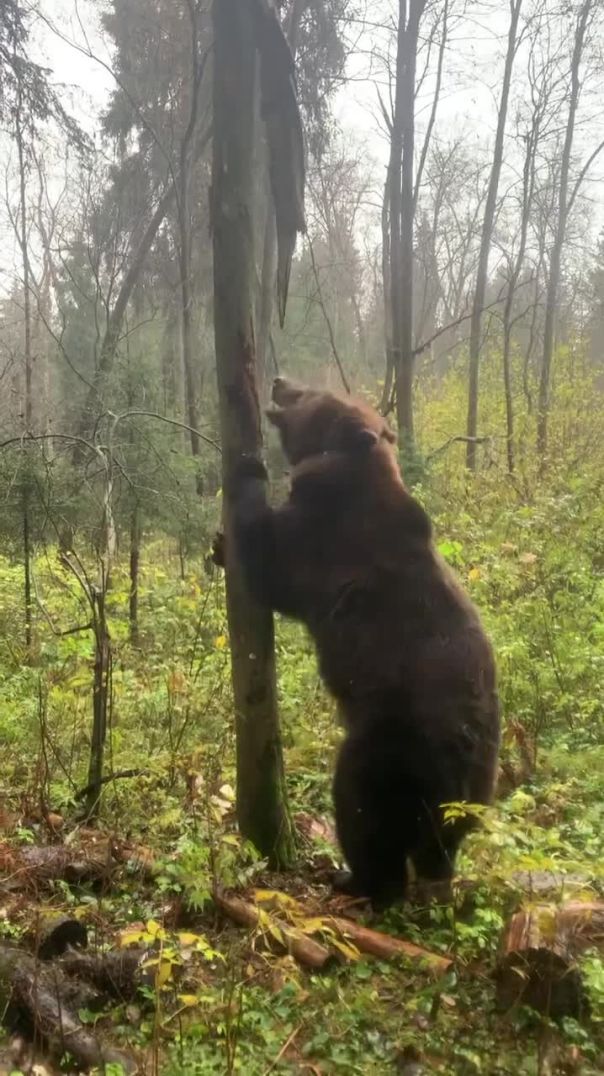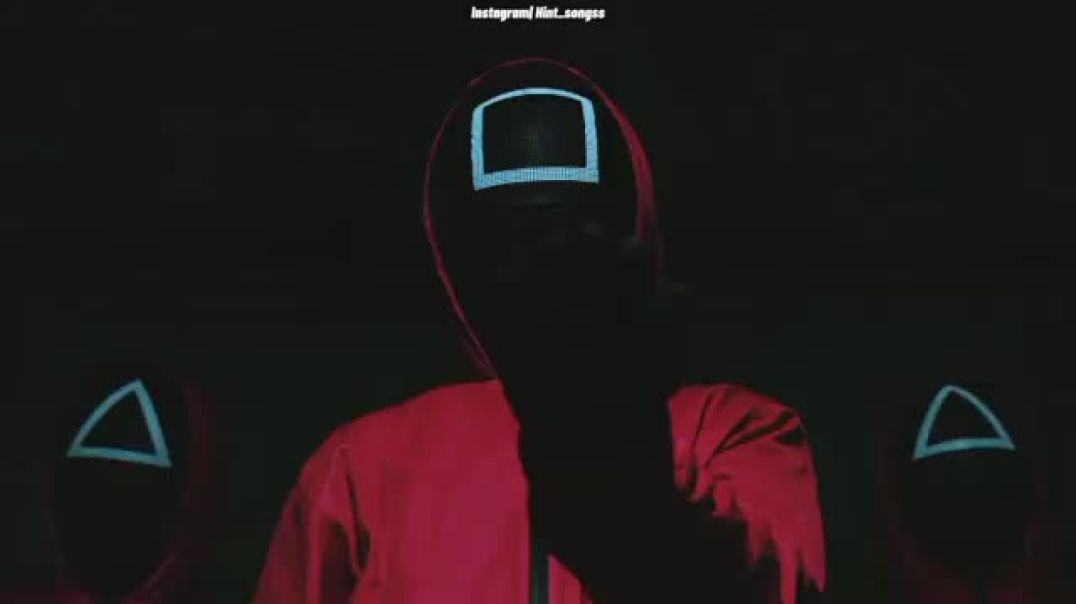4.6K Views· 22 July 2022
Unraveling DeepMind's Revolutionary AI Breakthrough in Mathematics
Discover how DeepMind's latest artificial intelligence innovation is transforming the world of mathematics! In this insightful video, we delve into the groundbreaking AI technologies designed to solve complex mathematical problems with unprecedented accuracy and speed. Learn about the significance of DeepMind's mathematical AI advancements and how they are reshaping research, enhancing problem-solving capabilities, and paving the way for future breakthroughs in various scientific fields. We also explore the implications of this technology for educators, students, and mathematicians alike. Dive into the teaching strategies and tools that can harness this AI for improved learning outcomes. With expert insights and real-world applications, you won't want to miss this comprehensive analysis of DeepMind's contributions to mathematics! Join us as we uncover how AI is revolutionizing mathematics, making it more accessible and impactful for everyone. #DeepMind #AIinMathematics #ArtificialIntelligence #MathBreakthroughs #MachineLearning #MathematicsInnovation #STEMEducation #AIResearch
Watch more videos in this category: https://vidude.com/videos/category/773



























0 Comments